Francesca Martí’s Flux solo exhibition of large-scale sculptures, recent videos and installations opened in Madrid in mid-September at the Gerhardt Braun Gallery. Her new 208-page book Passage and Presence was launched during the event, in the presence of the artist, plus contributing writers and curators Mark Gisbourne, Marifé Santiago-Bolaños, Pilar Ribal and Jonathan Turner. A transcript of Mark Gisbourne’s introduction speech can be found at the end of this article. The show continues through December 9, 2023.
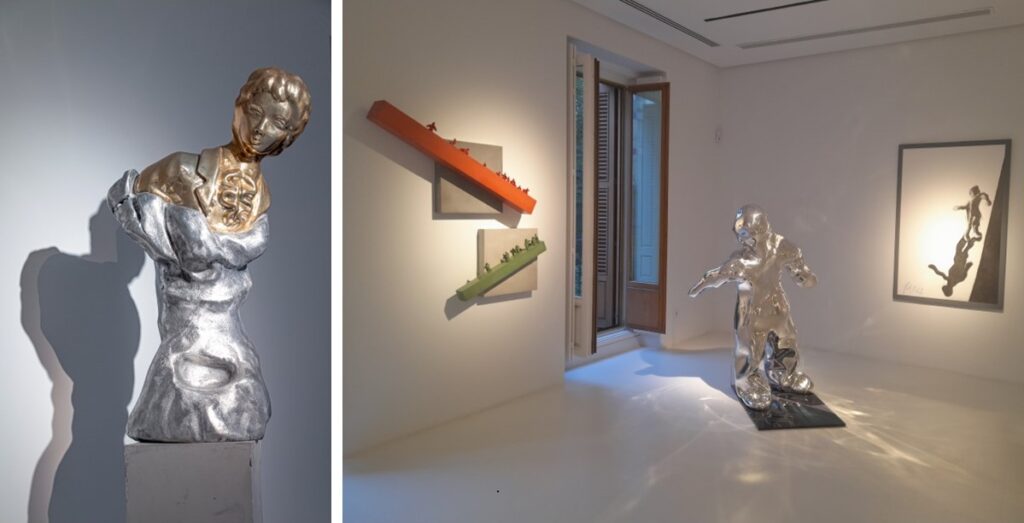
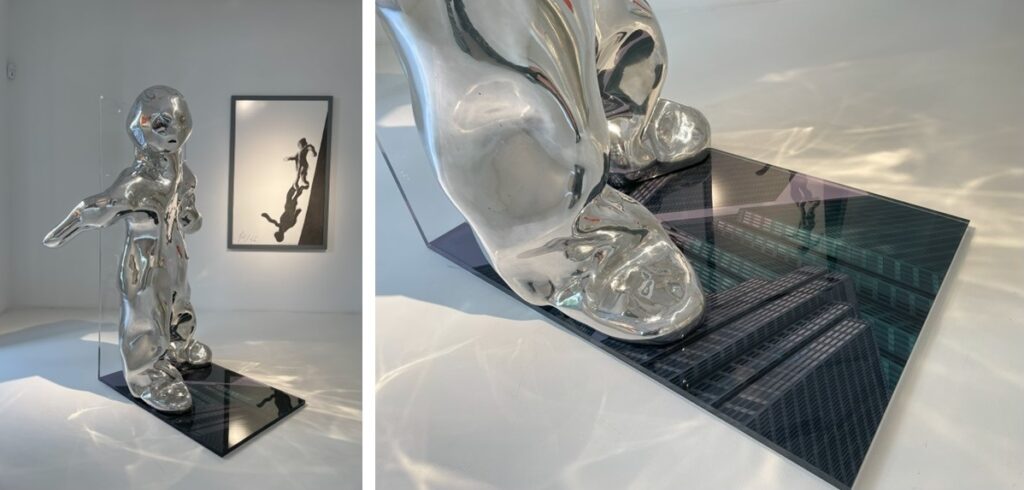
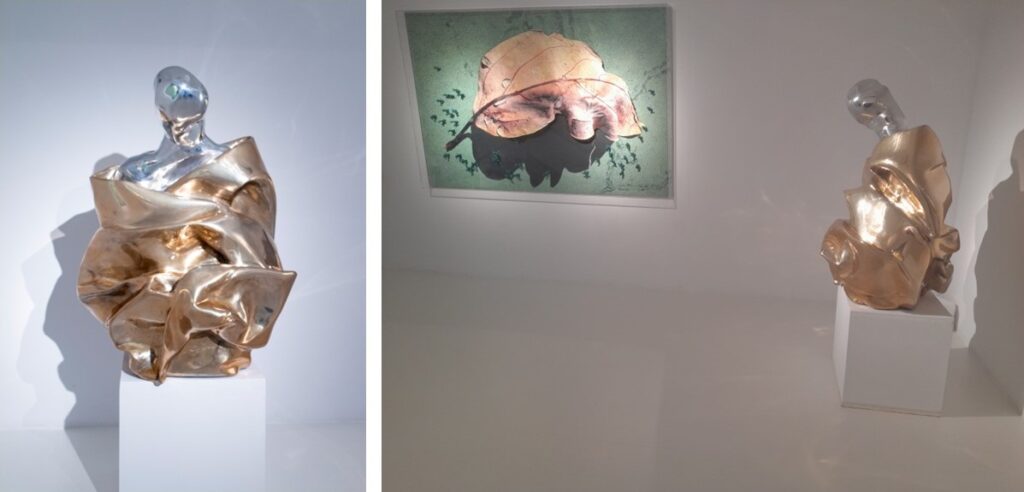

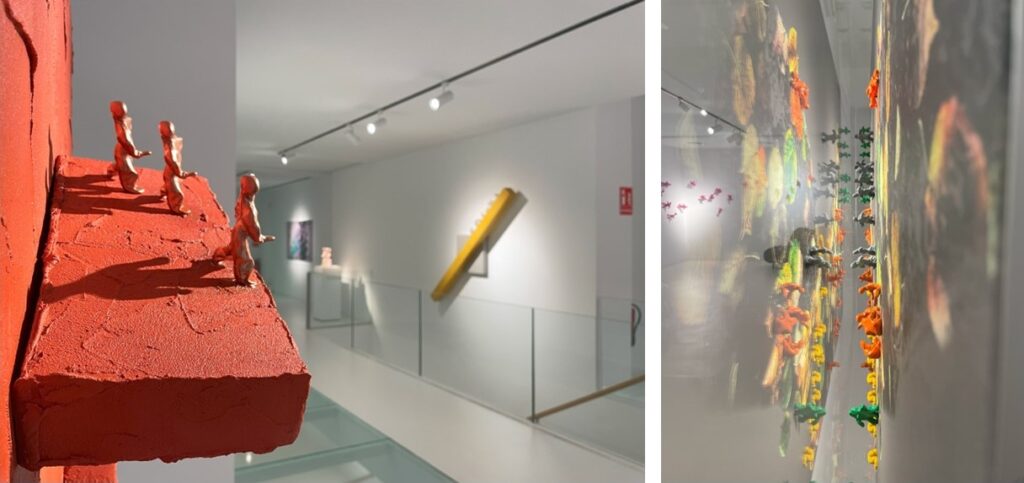
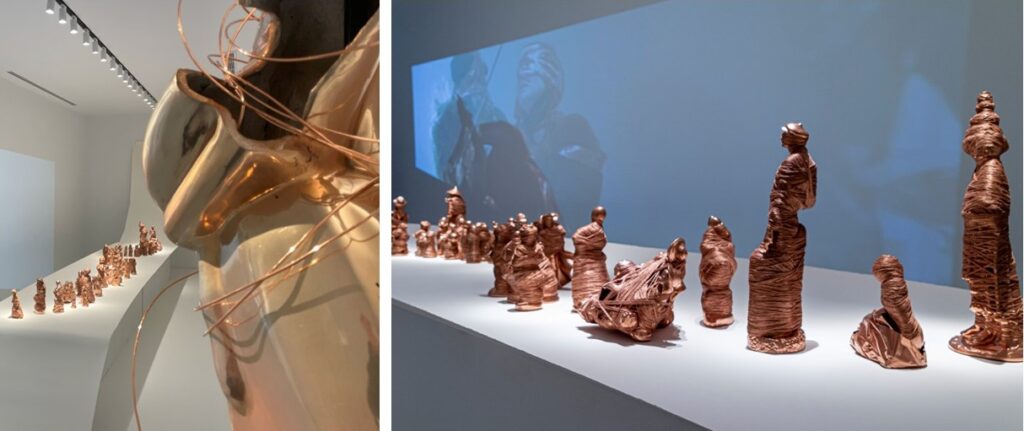
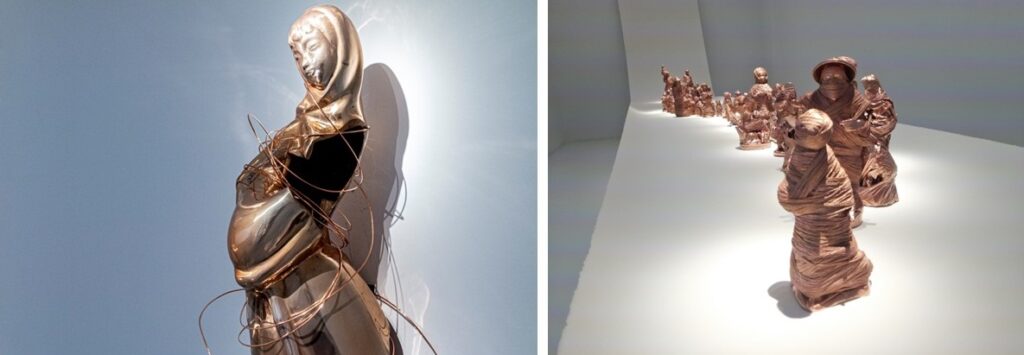


Flux, opening speech by Mark Gisbourne, art critic and curator.
Gerhardt Braun Gallery, Madrid
September 14, 2023
«In my introductory essay in her new book Passage and Presence, from the outset and speaking of Martí’s work and the scope of her artistic practice, I referred to Francesca’s nature and temperament as a Natural Humanist.
What is a Natural Humanist? Natural Humanism is a general philosophy that holds that human beings and nature should both be held in high regard. That is to say equal value must be given to human life and a guardianship of the natural world.
«Whatever is contrary to nature is contrary to reason, and whatsoever is contrary to reason is absurd.» Benedict ‘Baruch’ Spinoza (1632-77)
The work of Martí therefore questions various emergent forms of post-humanist development over the last forty years, that is to say communication technologies, virtual or augmented reality leading to futurist manifestations, such as A.I. – artificial intelligence. Martí’s work is often polyvalent (versatile) as she works across many media from sculpture and living sculpture to performance, film-video, photography and communication technologies. Though it needs to be said that Martí does not reject these technologies out of hand for themselves, rather the overwhelming plethora of current use. As a result of the first social media philosophers such as Marshall McLuhan in the 1960s, we have come to accept that «the media is the message». But even McLuhan could not foresee the welter of today’s visual/verbal social media and technological enslavement.
In consequence, has the Western World spawned a paradox?
«The more we speak, the less we say.»
Martí’s works are intended to question today’s problematic relationship between what is human and the natural world, a fully human (‘humane’) world, not only a material state of existence. She seeks a creative reconciliation of inner-outer life, of self and other, the «me» and «not me» that constitutes the world around us. I want to repeat that Martí does not want to deny meaningful and substantial advances of the modern technological world, but rather a reassessment of intrinsic values, measured against the claimed qualities they aspire to. Martí’ argues that they must expand upon what it means to be human, to further humanity and not negate it. This is why the debate on Artificial Intelligence is so prescient.
«Human beings are not a form of natural waste …»
It appears we live in a new Babel, and in a work such as Planet of Fusions (2012) Martí points this out, utilising obsolete satellite disks and a cacophony of sound sources and visual projections.
«If as one people speaking the same language they have begun to do this, then nothing they plan to do will be impossible for them. Come, let us go down and confuse their language so they will not understand each other.» Genesis 11: 6-7
The works in the new publication and current exhibition focus on the last decade, which has seen a marked shift in Martí’s practice towards the collaborative. While primarily a sculptor – her Dreamers and Believers are still at the core of her work – she has nonetheless moved towards interactive performance and spontaneous site-specific interventions, such as Migrant Angel (2015-2017). In fact migrants and the underlying concept of human and sensory displacement is integral to all of Martí’s creative endeavours. Whether it is ancient history or entomological references, a feeling for the pluriform is present throughout, whether sound or vision, the aural and the haptic, the artist reveals a highly personal language of creative polyvalence.»
Mark Gisbourne, September 2023
